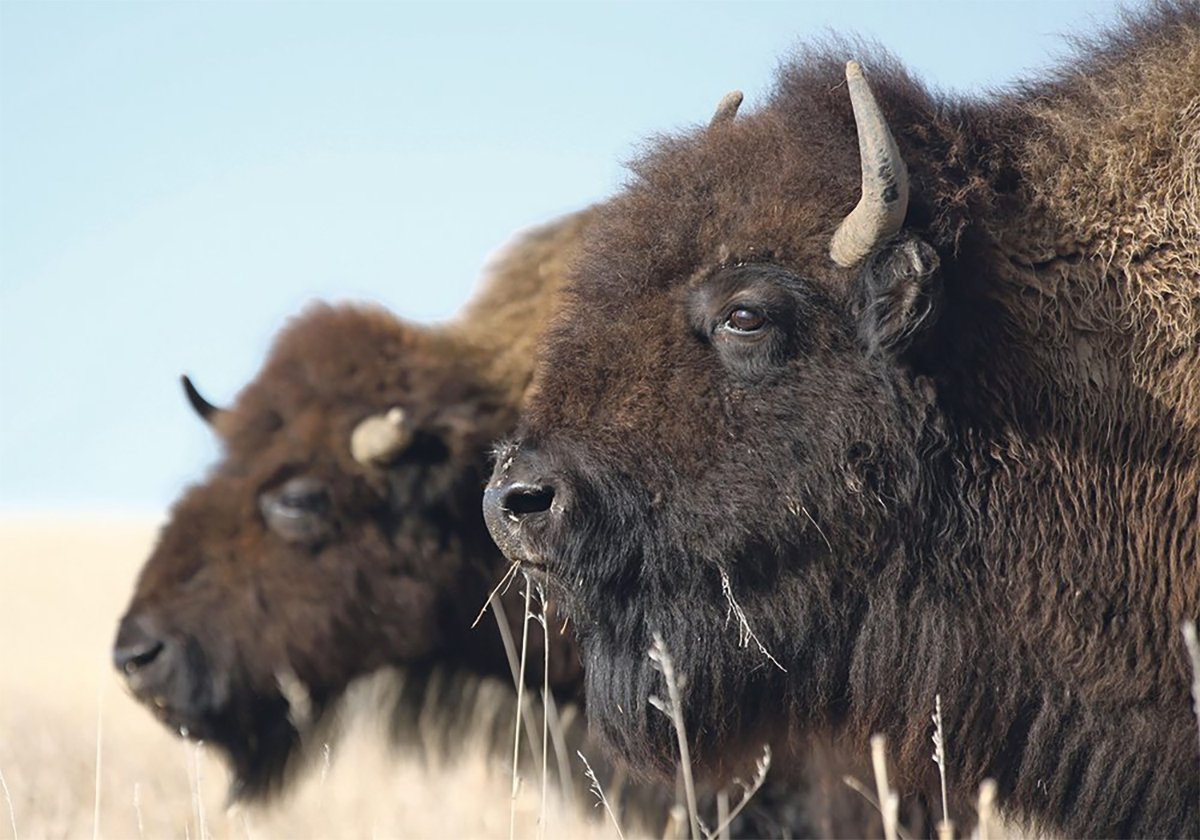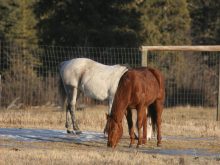TABER, Alta. – A Japanese penchant for milk and ice cream has kept Canada’s export hay business healthy.
Timothy hay exports for the Japanese dairy industry have remained strong in spite of money problems in Asia that drove down prices and demand for alfalfa products.
The average price for export quality hay is $145 per tonne, said Dan Jackson of Transfeeder Inc. at Cremona, Alta.
Last year, Canada shipped 6,000 containers offshore.
Earning those prices takes some know how, said Rob Oudman of Taber.
Read Also

The Western Producer Livestock Report – August 21, 2025
Western Producer Livestock Report for August 21, 2025. See U.S. & Canadian hog prices, Canadian bison & lamb market data and sales insights.
“It’s a management intensive crop if you want to get the good returns.”
Oudman, a Canadian Hay Association board member, has grown timothy on irrigated land for six years. The hay needs about 50 centimetres of water per year. He keeps a hay field two to three years and then plows it under. The following year he plants sugar beets or potatoes.
About 75 percent of his hay makes export grade.
Weather is a large part of the timothy equation. This year high humidity and cool weather delayed cutting. If the waist-high grass is not cut by July 10, quality is downgraded and a second cut is disappointing.
If producers miss the offshore market, the hay ends up in the domestic beef market where the price is considerably lower.
Oudman is hoping for three tonnes per acre this year if the weather co-operates.
Last year, most of his crop was ruined when heavy rains fell after the hay was cut.
Alberta farmers grow timothy mainly in the province’s west-central region and on irrigated land in the south, said Dennis Laughton, agrologist with the Canadian Hay Association.
In a normal year, irrigators are cutting at the end of June with plenty of regrowth expected later in the summer.
The first cut yields about two to three tonnes while the second mowing produces a smaller yield of lower quality hay.
In west-central Alberta, harvest is later in July with average yields about three tonnes per acre. This year a drought threatened the crop at Cremona until timely rains came at the end of June.
War on weeds
To protect this market, growers are investing in research to find improved weed control.
Timothy is sensitive to many herbicides.
Growers are attempting to curtail dandelions, thistles and foxtail barley with chemicals like Sundance and Anthem.
Export buyers insist on a product with no traces of quack grass, foxtail, volunteer cereals or dirt.
Buyers are worried foreign materials could be a host for the hessian fly that damages Japanese rice crops.
Containers are shipped to Japan in batches of four. If an inspector finds something wrong with one of them, all four are returned at the shipper’s expense.
Farmers also want herbicides that leave no residues.
“We’re not just selling hay,” said Laughton.
“We’re selling a product that goes into a food process and ends up as milk on people’s table.”
Green hay with long heads is desirable, because the longer the heads, the higher quality rating the Japanese give it.
Timothy is fed as a fibre product to Japanese dairy cows and race horses.
The Japanese believe timothy stays longer in the cows’ digestive tract and does not burn them out as fast.
The main competitors are the Australians and the United States ,which offers a rye-fescue mixture or Sudan grass.
Timothy is also grown in Eastern Canada, but most of that goes to the American race horse trade in Kentucky, the Carolinas and Florida.















